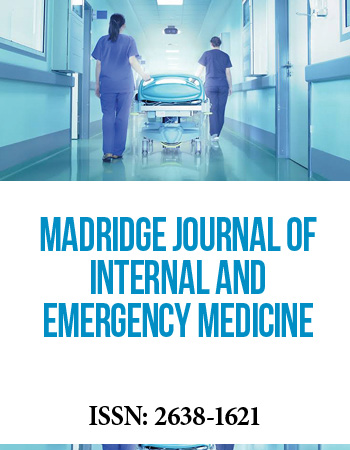International Translational and Regenerative Medicine Conference
April 25-27, 2018 | Rome, Italy
Proliferation of Porcine Adipose Derived Stem Cells in Herbal Scaffolds
1Department of Biomedical Sciences, Tshwane University of Technology, South Africa
2Department of Biotechnology, Vaal University of Technology, South Africa
The significance and the potentials of in vitro cell culture studies are great considering the need for more cost efficient development of new drugs, time efficient treatment of cancer patients, and an understanding of developmental biology and mechanisms of stem cell differentiation. Cells, growth factors and scaffolds are the fundamental issues for tissue engineering. If porcine derived adipose stem cells (pADSCs) can effectively proliferate and differentiate when cultured on herbal scaffolds, this makes it a potential candidate for in vivo environment with possible profound impact on therapeutic application of herbal scaffolds. This study evaluated the in vitro differentiation capacity and anti-inflammatory effect of fabricated herbal scaffolds on pADSCs. To this effect, herbal scaffolds were developed by incorporating medicinal plant extracts (Eucomisautumnalis and Pterocarpusangolensis) and natural biopolymers (Alginate and chitosan) using lyophilisation technique. A standard sterility test on the scaffolds before in vitro use showed the ultraviolet radiation with 75% (v/v) ethanol to be suitable. pADSCs cultured on the herbal scaffolds were further monitored for in vitro proliferation and differentiation using different biological, immunological and genetic techniques. The identity of pADSCs were confirmed by positive FACs analysis of mesenchymal stem cell surface markers CD44, CD90 and CD105 (≥ 85%). Their multi potency was further evaluated by trilineage differentiation of pADSCs toward adipocyte, osteocyte and chondrocyte with histology staining. Scanning electron microscope (SEM) revealed that the herbal scaffolds possess an extremely porous structure than control (non-herbal scaffold). SEM and immunofluorescence results also revealed more attachment of ells at day 7, 14 and 21 on herbal scaffolds than non-herbal scaffolds. ELISA assay with IL-6 and gene expression of collagen type 11, alkaline phosphate, osteocalcin and osteopontin with RT-PCR confirmed the anti-inflammatory nature and mRNA expression/chondrogenic nature of the pADSCs cultured with the herbal Scaffolds media. This study indicates that pADSCs would have great therapeutic potential as seeding cells for in vivo transplantation to treat various inflammatory diseases and bone injuries when co-applied with medicinal plants and biopolymers.
Biography:
Dr. Franca Nneka Alaribe, PhD Biomedical Sciences, University of Ferrara Italy, specializing in cellular/molecular pathology in cancer and degenerative diseases; MSc Molecular Biology/Biotechnology, Vrije University Brussels Belgium; BSc(Ed) Biology, University of Nigeria Nsukka. She is a researcher for over 10 years with high competence in biomedical research and has coordinated many research projects for NRF, THRIP, Bone South Africa and OSTA involving biomaterials. Presently she is working on stem cells and scaffold fabrication with South African medicinal plants. She has published more than 12 research works and academic papers in international peer reviewed journals, founder/editorial manager of Journal of Advances in Biomedical Studies. Editor of several peer reviewed journals and fellow of many scientific organisations.


